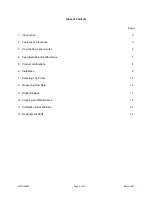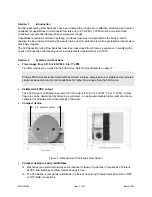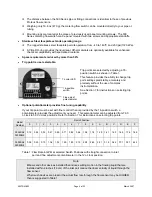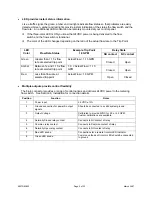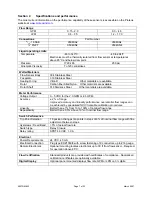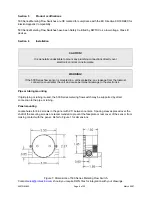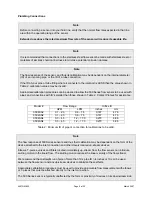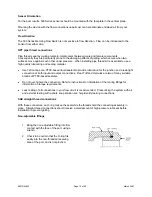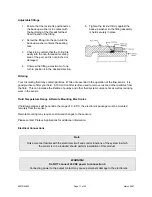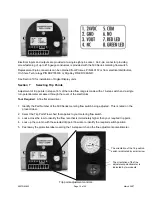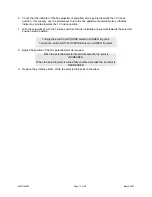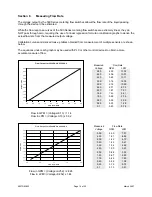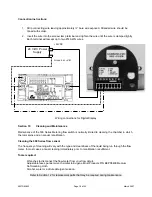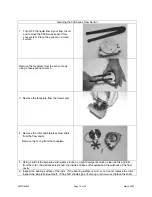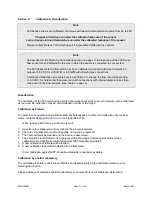
Hall-effect sensor
Section 3
How the flow sensor works
500TRM-002
Page 6 of 22
March 2007
The rotor spins when liquid flows through the
meter.
Magnets in the rotor switch a Hall-effect sensor
mounted in the meter body.
The resulting pulse train is converted by the
electronics to a voltage that is proportional
to the linear velocity at which the liquid flows
through the meter.
Switching
The measured output voltage is continuously compared to a user-selected trip point voltage. When the
measured voltage is above the trip point, the built-in relay remains in its active state. If the measured
voltage falls below the trip point due to reduced or stopped flow, the relay contacts open, signaling an
alarm condition to your control system.
Metering
Accuracy of calibration to ± 2% of range is established against a flow standard with a certified accuracy of
± 0.5%. Calibration is traceable to a NIST reference. Linearity is better than ± 0.5%.
Magnets
Rotor


